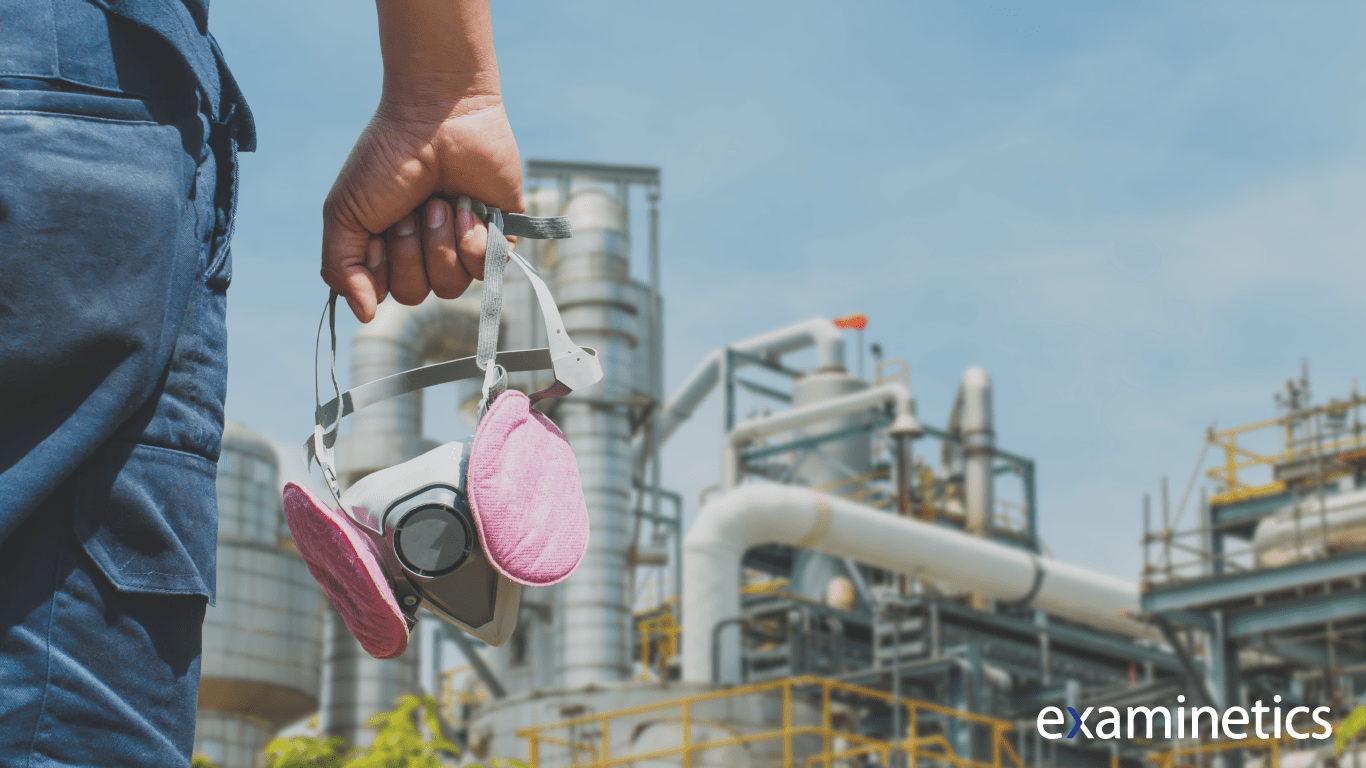Did you know that as many as 5 million employees in America work in clouds of dust or gaseous plumes? Because of the hazardous breathing conditions, those 5 million workers wear respirators to protect their breathing and carry out their duties. For this reason, the importance of respirators in dusty, smoky, or vaporous worksites can’t be overstated. Here is a review of the importance of respiratory protection.
Overview of respirators
Respirators are used as breathing protection against harmful agents on a worksite including dust, particulate matter, gases, sprays or volatile chemicals. Sometimes, respirators are worn in extreme temperatures as well. For effective protection against hazardous airborne agents, complete respiratory compliance is vital. Furthermore, all respirators must be certified by NIOSH.
There are two main types of respirators: air-purifying and air-supplying.
· Air-purifying
o This type of respirator removes contaminants from the air through particulate filters, cartridges, or canisters connected to a facepiece.
o The cartridges and canisters contain materials designed to remove gases or vapors. Sometimes, both are used to remove more than one contaminant.
· Air-supplying
o This air-supplying respirator provides the wearer with air supply separate to the contaminated air.
o Air-supplying respirators include self-contained breathing apparatus (SCBA), in which the worker carries his or her air supply while an airline respirator hose connects to the air source from a distance away. Typically, firemen utilize this type of respirator.
OSHA Regulations
All respirators wearers are subject to strict OSHA requirements regarding their use, fit and maintenance. Here are some examples of OSHA regulations with which an employer must comply:
· Providing a medical examination to determine an employee’s ability to use a respirator (before fit testing or use).
· Providing a qualitative fit test (QLFT) or quantitative fit test (QNFT) for those requiring negative or positive pressure tight-fitting facepiece respirators
· Ensuring correct usage of selected respirator.
· Regularly maintaining respirators and ensure adequate care.
· Providing training and educational programs for users.
· Undertaking evaluations and ensuring accurate recordkeeping.
Examinetics’ service for respiratory protection
One of the services at Examinetics includes respirator fit testing, ensuring compliance with OSHA regulations and maximum protection against harmful airborne agents through qualitative fit and quantitative fit testing. Whether working in a cloud of dust or tendrils of hazardous gas, make sure your workforce is secured through our respirator fit testing.
References
OSHA safety and health topic: respiratory protection
U.S. Department of Labor Occupational Safety and Health Administration
National Institute for Occupational Safety and Health
Respirators – NPPTL / NIOSH topic page
Business Owner Briefing
Respiratory Protection in the Workplace: a practical guide for small-business employers
Medical Director Review
Fit for purpose? The role of fit testing in respiratory protection — CLAYTON and VAUGHAN 49 (7): 545 — Annals of Occupational Hygiene
—
